 "Musicos del Campo Santo" (The Grateful Dead??) bring the departed ones out of the cemetery and into our lives every November 1 and 2.
"Musicos del Campo Santo" (The Grateful Dead??) bring the departed ones out of the cemetery and into our lives every November 1 and 2.Combining both the US and Mexican culture you might notice Jerry Garcia's tombstone and the Dead on top of "Further", the Merry Pranksters old bus.
I made this painting the year Jerry Garcia died.
"Amor Sin Palabras", the bus ran from Teotitlan to Oaxaca. This combination magical bus is tearing out of the graveyard full of musicians tombs. A nod here to my roots as a hippy dancing to the Dead at the Fillmore West before they were famous. Later, going to Mexico, and spending hours riding on "Amor Sin Palabras." (Love without words)--exactly my feelings those first years discovering myself and Oaxaca.
These paintings represent the party aspect of the Day of the Dead. The holy days celebrate several different things. One aspect is honoring and connecting with the ancestors, or the family members who have gone on. Families gather to eat and drink and party-- either in the cemetery or in the home, or both. The living commune with the departed. It is also a harvest fiesta with altars loaded with food, flowers and drinks. And a link to Hallowmas, the old European pagan holy day on Oct 31.
 Some people go out to party and celebrate in public with friends. Going out usually includes dancing so we have some images of dancers. The first is a self portrait called "She returns to Rhumba" a nod to my nights at El Sol y La Luna, La Candela, y mas when I happily danced to Cuban music.
Some people go out to party and celebrate in public with friends. Going out usually includes dancing so we have some images of dancers. The first is a self portrait called "She returns to Rhumba" a nod to my nights at El Sol y La Luna, La Candela, y mas when I happily danced to Cuban music. The next is a collage called "Frida's Salsa" a word play here on the dance and the sauce. The dancing skeletons are from the Spanish tradition, not the Native American tradition. 'Calacas' or skeletons have been used in political art also, criticizing the local politicians, or national ones. They are playful, making fun of what many people see as something serious--life and death.
The next is a collage called "Frida's Salsa" a word play here on the dance and the sauce. The dancing skeletons are from the Spanish tradition, not the Native American tradition. 'Calacas' or skeletons have been used in political art also, criticizing the local politicians, or national ones. They are playful, making fun of what many people see as something serious--life and death.


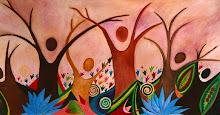







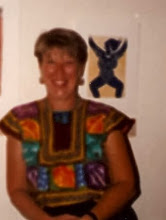



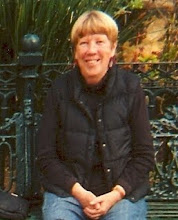








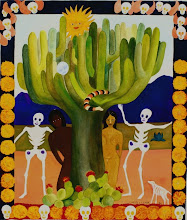














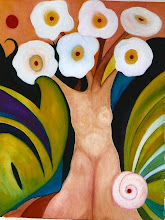
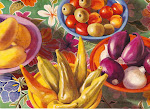



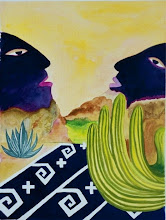



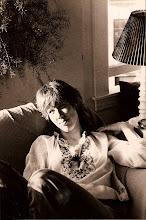
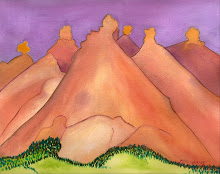
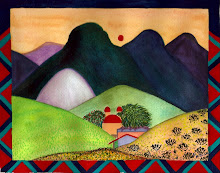
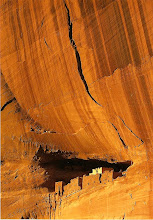


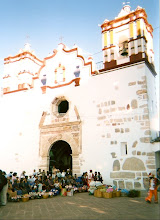
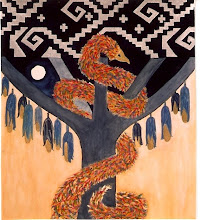

No comments:
Post a Comment